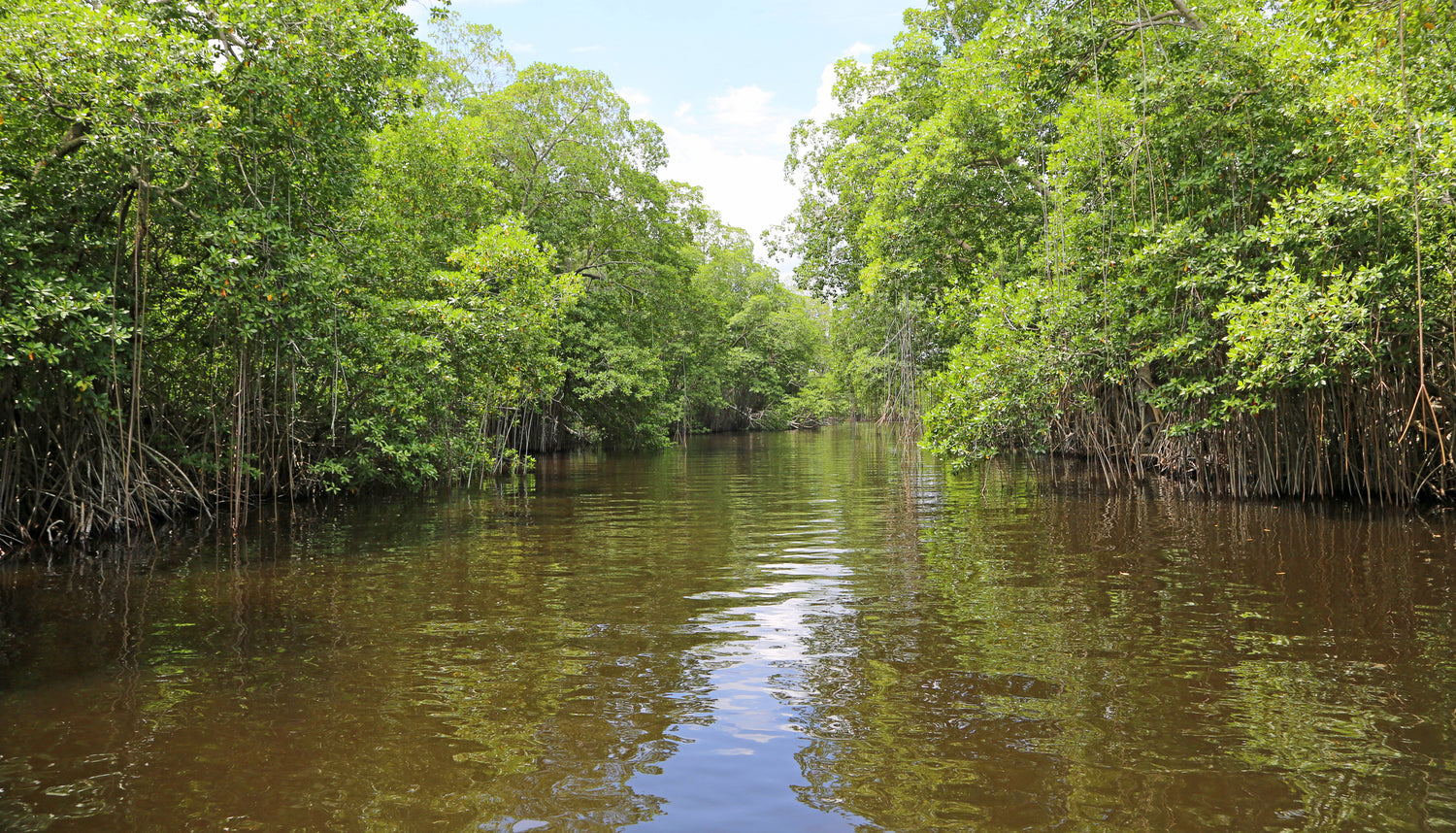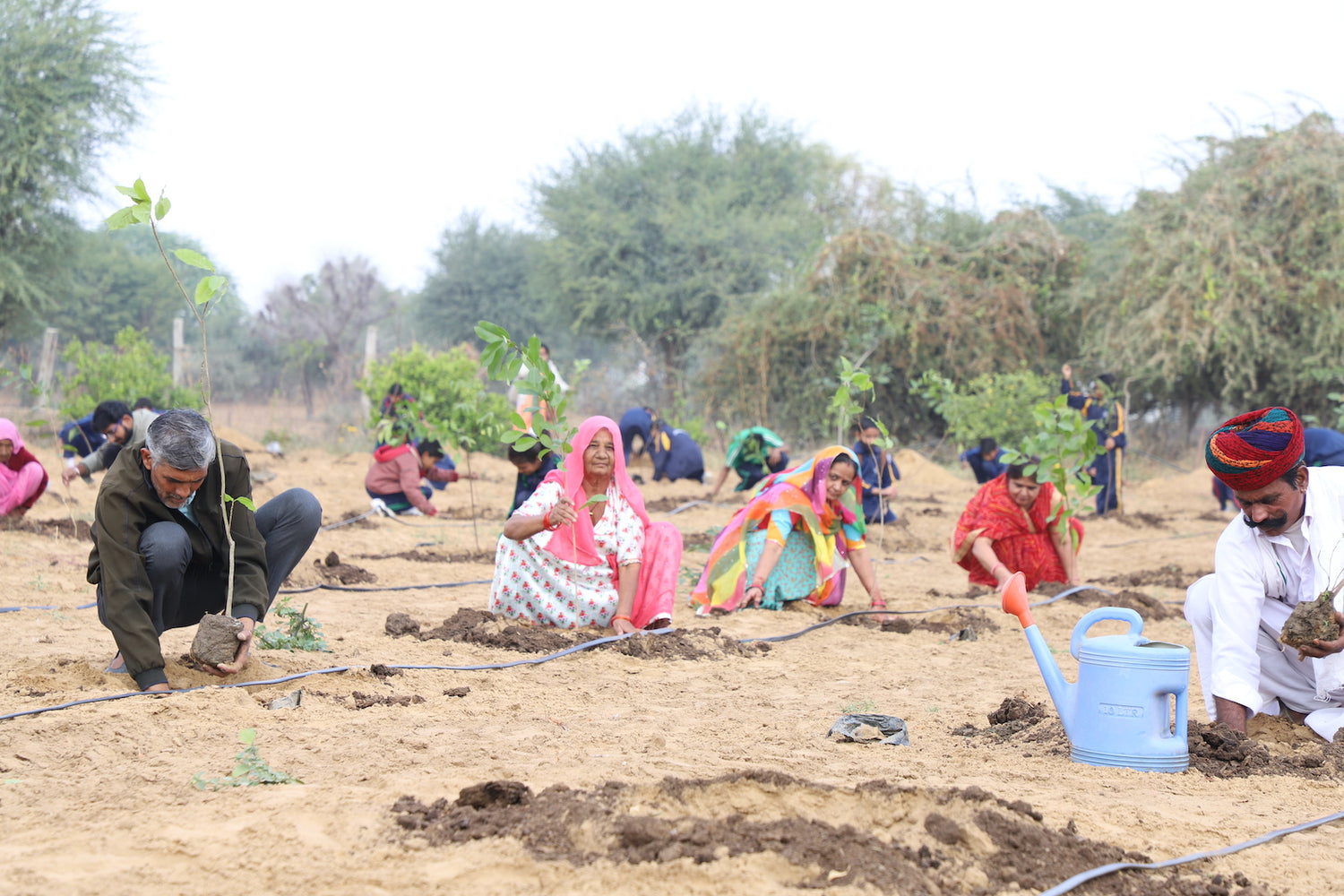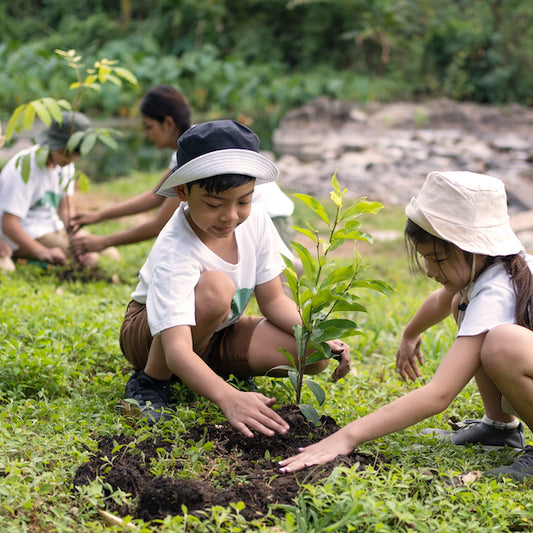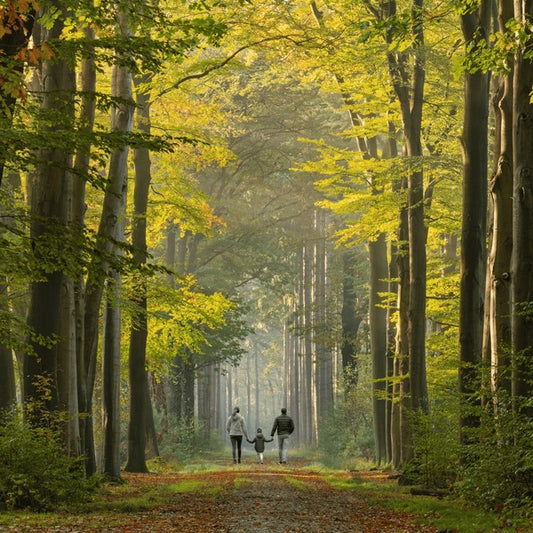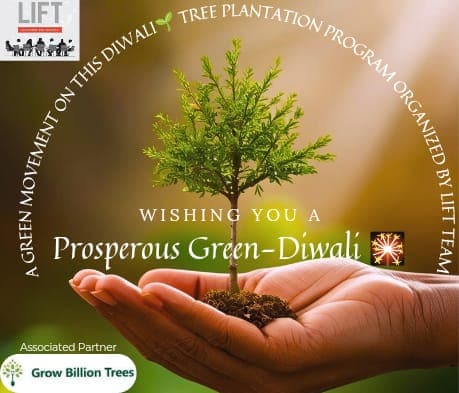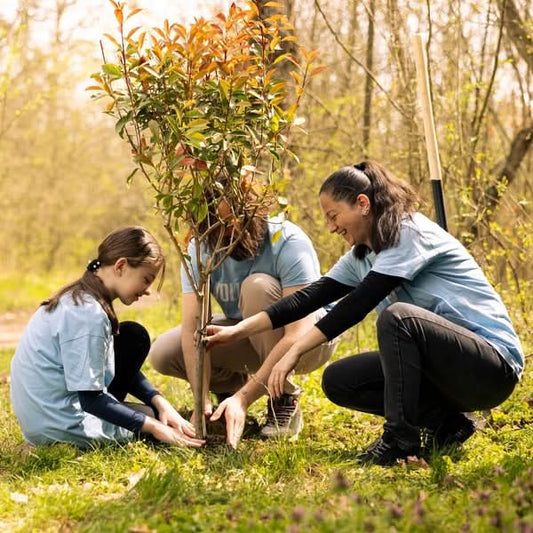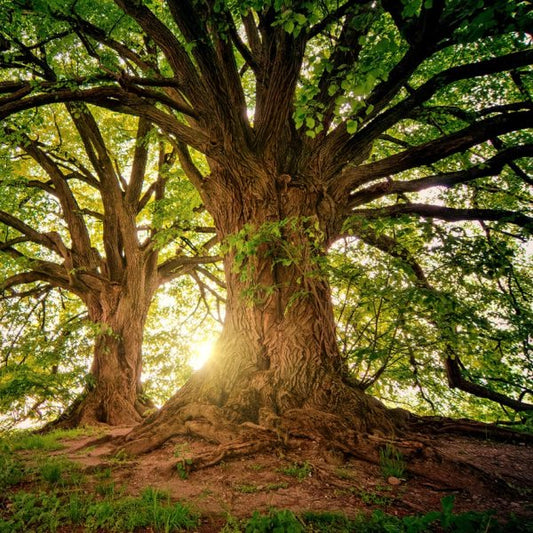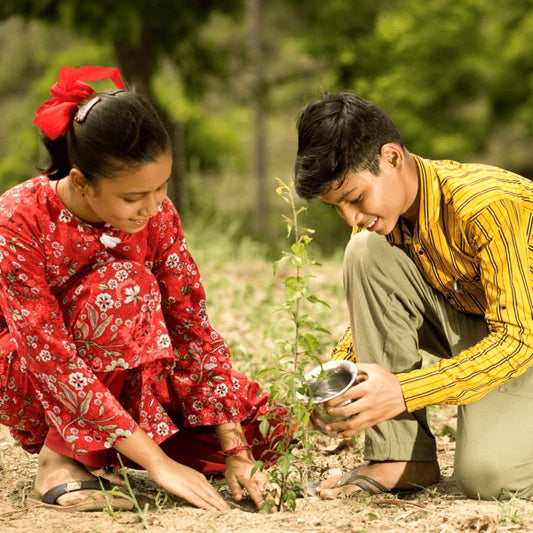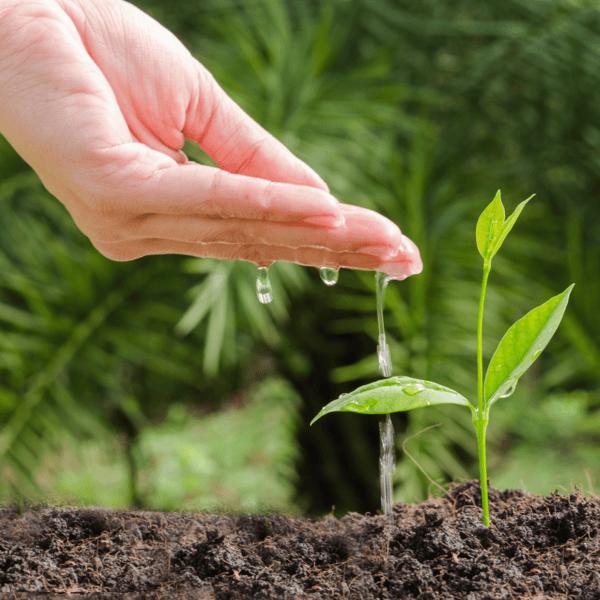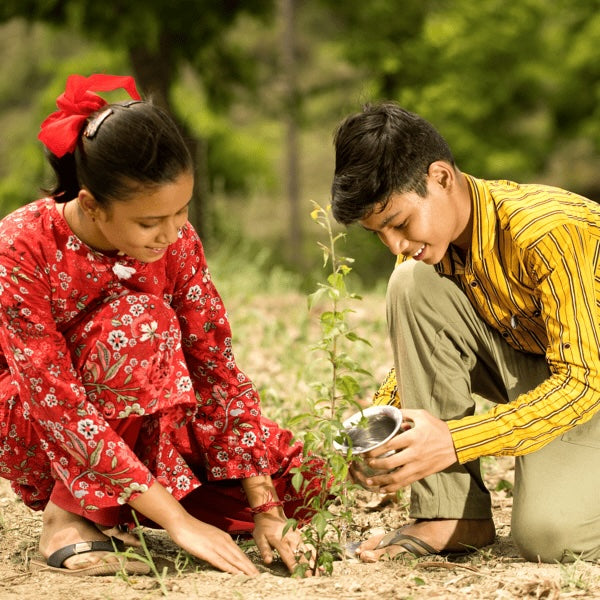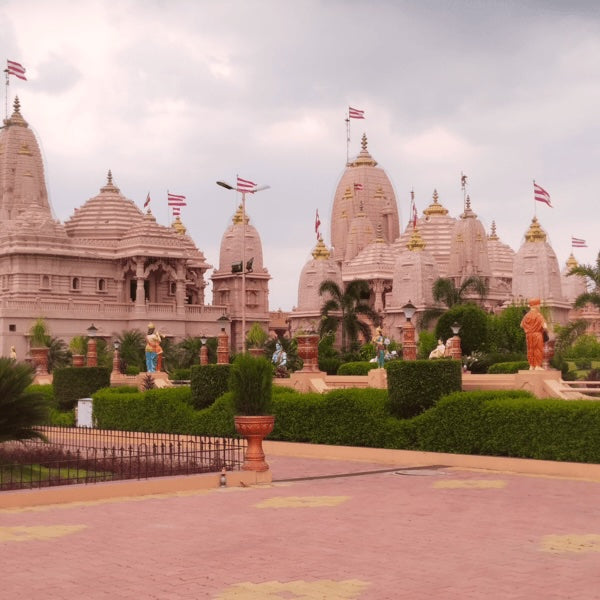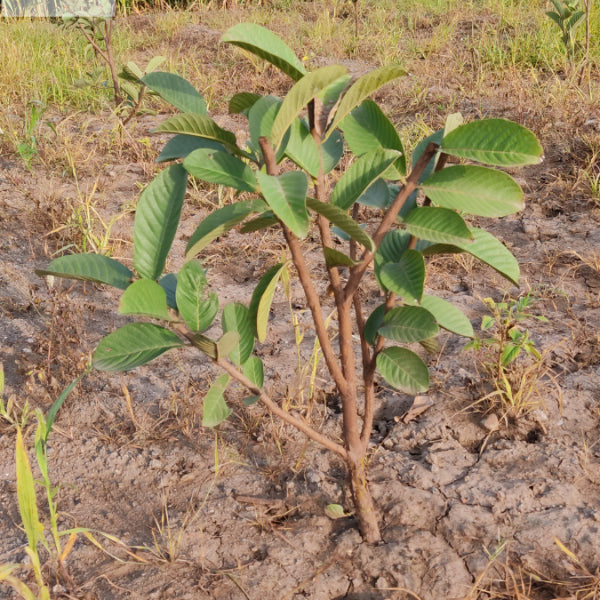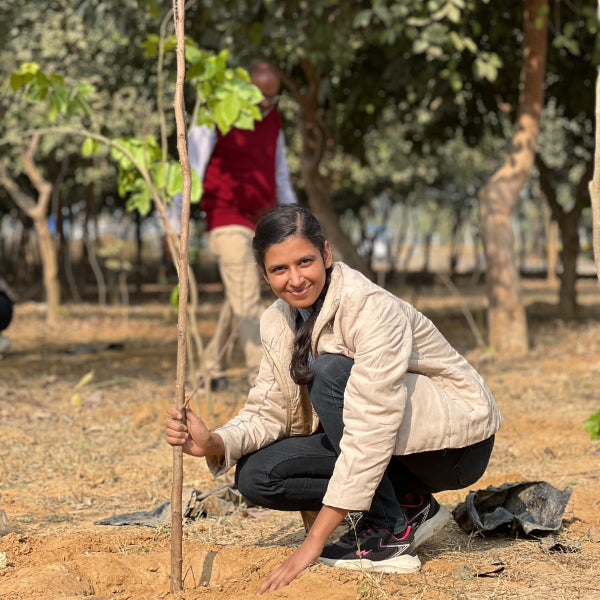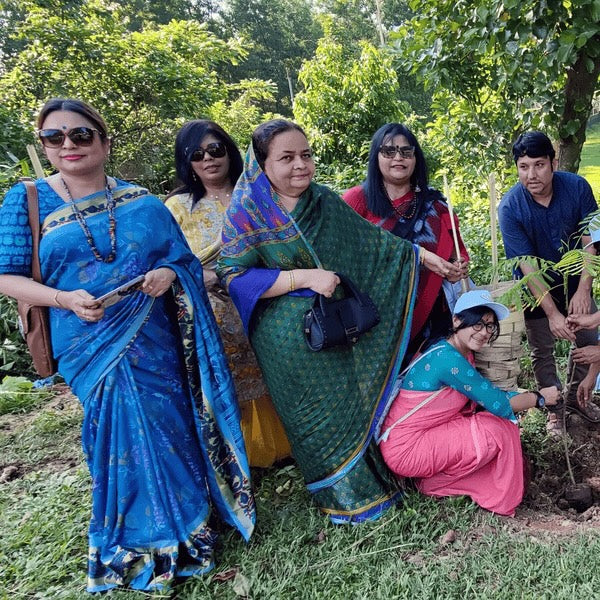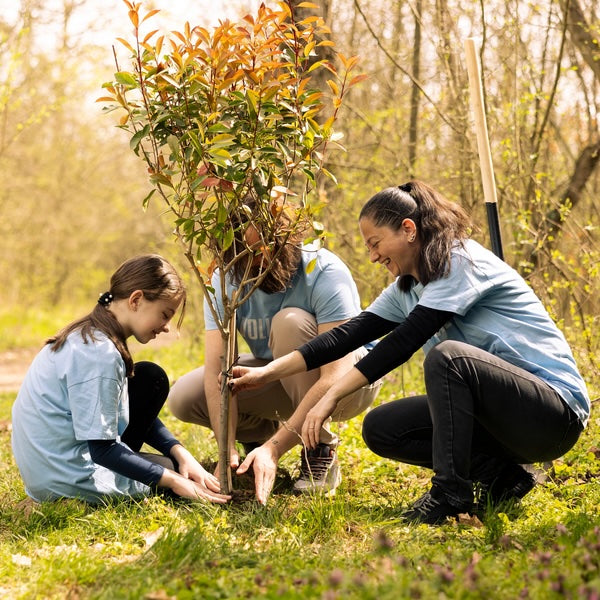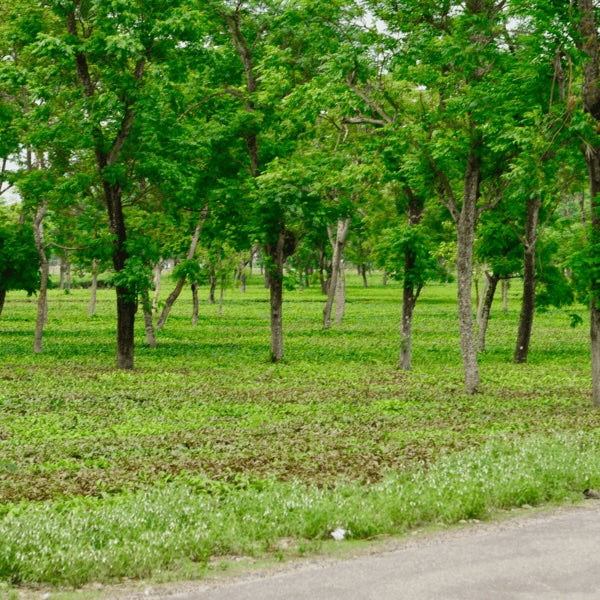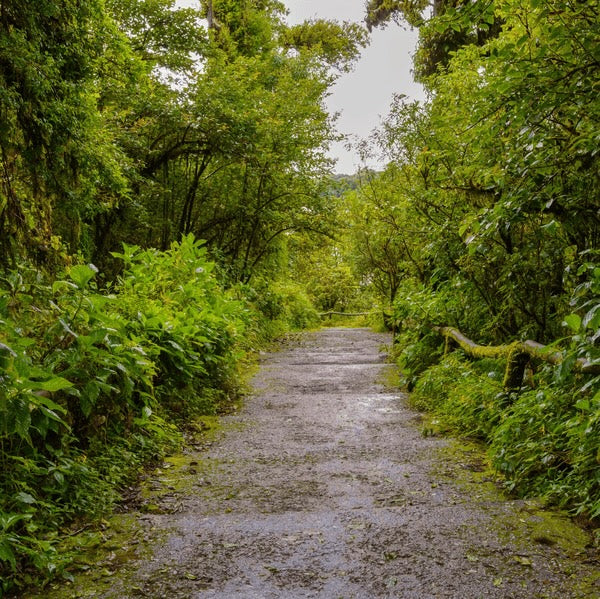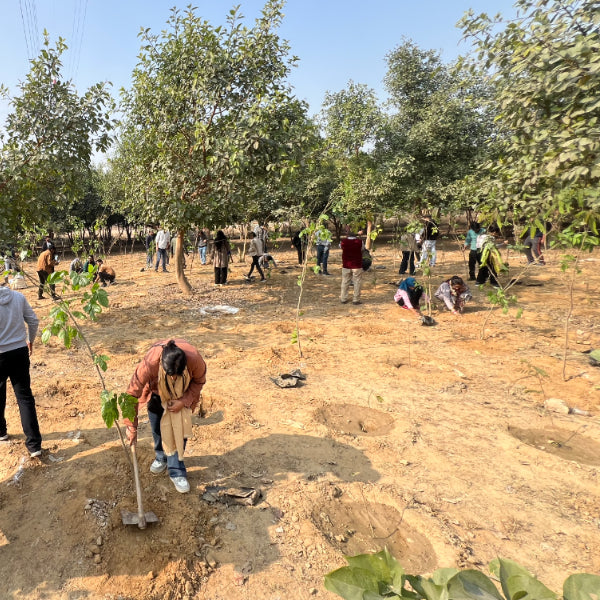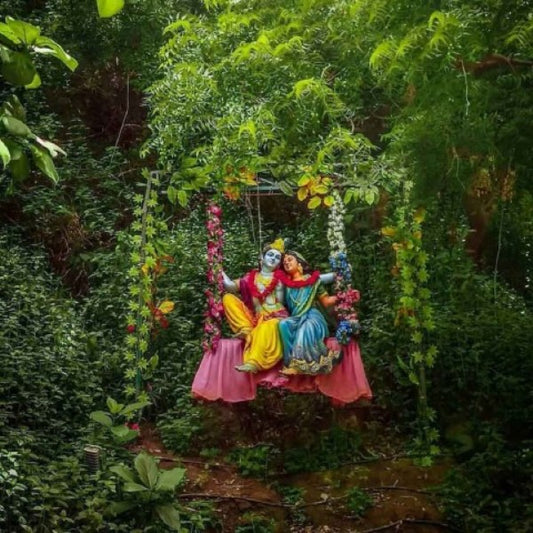Mangrove Coringa: The Hidden Mangrove Treasure of Andhra
Nestled along the eastern coast of India, the Coringa Mangrove Forest is a hidden gem in Andhra Pradesh, often overshadowed by more famous natural att Read more
Connect with us
-
👥 Corporates
If you are looking for:
- 🌲 Tree Plantation Events
- 📊 CSR Projects
📧 corporate@growbilliontrees.com
📞 +91 9699723523
💬 +91 9325931304 WhatsApp (Only)
🕒 Mon - Sat | 10am - 7pm IST
-
🧩 Tree Plantation NGOs
If you are looking for:
- 💰 Financial Assistance
- 🤝 Operational Support
📧 support@growbilliontrees.com
📞 +91 9699723523
💬 +91 9325931304 WhatsApp (Only)
🕒 Mon - Sat | 10am - 7pm IST
-
🌼 Individuals
If you are looking for:
- 👥 Group Tree Plantation Drive
- 🌳 Bulk Tree Plantation
📞 +91 9699723523
💬 +91 9325931304 WhatsApp (Only)
🕒 Mon - Sat | 10am - 7pm IST
Trending
Trees for Corporates
Mangrove Coringa: The Hidden Mangrove Treasure of Andhra
Nestled along the eastern coast of India, the Coringa Mangrove Forest is a hidden gem in Andhra Pradesh, often overshadowed by more famous natural attractions.
This unique ecosystem is not only a sanctuary for diverse wildlife but also plays a crucial role in combating climate change and protecting coastal communities. In this article, we will explore the scientific significance, historical context, environmental impact, and conservation efforts surrounding the Coringa Mangrove Forest.
Scientific Significance of Coringa Mangroves 🌊
The Coringa Mangrove Forest spans over 235 square kilometers and is home to more than 24 species of mangrove trees, including the prominent Avicennia marina and Rhizophora mucronata. These trees are vital for maintaining coastal ecosystems, providing habitat for numerous species of fish, birds, and invertebrates. The mangroves also serve as a natural barrier against storm surges and coastal erosion, protecting nearby communities.
Scientific studies have shown that mangroves can sequester up to 4-5 times more carbon than terrestrial forests, making them essential in the fight against climate change. The Coringa Mangrove Forest is recognized as a Ramsar Wetland, highlighting its international importance for biodiversity and conservation.
Fun Facts About Coringa Mangroves 🌟
- The Coringa Mangrove Forest is home to the endangered Olive Ridley Sea Turtle, which nests along its shores.
- It is one of the few places in India where you can find the rare White-bellied Sea Eagle.
- The mangroves are a breeding ground for over 200 species of fish, making them crucial for local fisheries.
Historical Context 📜
The Coringa Mangrove Forest has a rich history that dates back centuries. Historically, these mangroves have been utilized by local communities for various purposes, including fishing, timber, and traditional medicine. However, over the years, urbanization and industrialization have posed significant threats to this delicate ecosystem.
In the 1990s, conservation efforts began to take shape, with local and national governments recognizing the importance of preserving this unique habitat. Today, the Coringa Mangrove Forest is protected under various environmental laws, ensuring its survival for future generations.
Environmental Impact 🌍
The environmental impact of the Coringa Mangrove Forest extends beyond its immediate surroundings. By acting as a natural buffer against storms, these mangroves help reduce the impact of climate change on coastal communities. They also improve water quality by filtering pollutants and providing habitat for a variety of marine life.
Moreover, the mangroves play a crucial role in maintaining the ecological balance of the region. They support biodiversity, enhance fisheries, and contribute to the livelihoods of local communities. The loss of mangroves would not only threaten wildlife but also jeopardize the economic stability of those who depend on these resources.
Conservation Efforts by Grow Billion Trees Partners 🌱
Recognizing the critical importance of the Coringa Mangrove Forest, Grow Billion Trees Partners has taken significant steps to promote and execute conservation projects in the region. Their initiatives focus on:
- Reforestation: Planting native mangrove species to restore degraded areas and enhance biodiversity.
- Community Engagement: Involving local communities in conservation efforts to ensure sustainable practices and economic benefits.
- Awareness Campaigns: Educating the public about the importance of mangroves and their role in climate change mitigation.
Through these efforts, Grow Billion Trees Partners aims to create a sustainable future for the Coringa Mangrove Forest, ensuring that it continues to thrive for generations to come.
Conclusion 🌈
The Coringa Mangrove Forest is a vital ecological treasure that deserves recognition and protection. With its rich biodiversity, historical significance, and environmental benefits, it stands as a testament to the importance of preserving our natural heritage. By supporting initiatives like those of Grow Billion Trees Partners, we can help safeguard this unique ecosystem and promote a healthier planet.
Let us all contribute to the conservation of the Coringa Mangrove Forest and ensure that this hidden treasure remains a vibrant part of Andhra Pradesh's natural landscape. 🌳
Mangrove Ecosystem
Dive into the enchanting world of mangroves, where trees wear their roots like fashionable shoes and crabs strut around like they own the place. This ecosystem is a vibrant cocktail of biodiversity, serving as a nursery for fish and a playground for birds. Who knew that these coastal guardians could be so stylish?
Coringa Wildlife Sanctuary
Welcome to Coringa Wildlife Sanctuary, where the animals are the true celebrities. From the elusive fishing cat to the flamboyant kingfisher, this sanctuary is like a red carpet event for wildlife. Grab your binoculars and prepare for a star-studded show of nature’s finest!
Biodiversity Hotspot
If biodiversity were a party, Coringa would be the VIP section. With over 200 species of birds and countless marine life, this hotspot is a testament to nature’s creativity. It’s like Mother Nature decided to throw a bash, and everyone was invited!
Ecotourism in Andhra
Ecotourism in Andhra is like a breath of fresh air, minus the city smog. It’s all about enjoying nature while keeping it intact. So, pack your bags and get ready to explore the hidden gems of Coringa without leaving a footprint—except maybe a few sandy ones!
Mangrove Conservation
Mangrove conservation is the superhero of the coastal world, fighting against erosion and climate change. These trees are like nature’s bodyguards, protecting coastlines while providing homes for countless species. Who knew saving the planet could look so good?
Coringa River
The Coringa River is the lifeblood of the mangrove ecosystem, flowing gracefully like a dancer at a gala. It nourishes the land and supports a plethora of wildlife. So, next time you see a river, remember it’s not just water; it’s a vital artery of life!
Coastal Biodiversity
Coastal biodiversity is like a treasure chest waiting to be opened. With its rich array of flora and fauna, it’s a reminder that the coast is not just a pretty view but a bustling hub of life. Dive in and discover the jewels hidden beneath the waves!
Mangrove Restoration
Mangrove restoration is the ultimate makeover show for nature. It’s all about giving these coastal wonders a second chance to shine. With a little TLC, these trees can bounce back, proving that even in nature, it’s never too late for a fresh start!
Sundarbans Connection
The Sundarbans may be the celebrity of mangroves, but Coringa is its charming cousin. Both are vital for coastal protection and biodiversity, proving that great things come in families. So, let’s raise a toast to the mangrove clan!
Mangrove Species
Mangrove species are the quirky characters of the plant world, each with its own personality. From the resilient Avicennia to the graceful Rhizophora, these trees are nature’s way of showing off its creativity. Who knew trees could be so diverse and entertaining?
Coringa’s Hidden Gems
Coringa’s hidden gems are like the secret menu at your favorite restaurant—only the savvy know about them. From secluded beaches to rare bird sightings, this treasure trove is waiting for adventurous souls to uncover its secrets. Get ready for a delightful surprise!
Mangrove Research
Mangrove research is the detective work of the environmental world, uncovering the mysteries of these coastal wonders. Scientists are like nature’s sleuths, piecing together clues to understand how to protect and preserve these vital ecosystems. Sherlock Holmes would be proud!
You may like
Corporate Plantations
FAQ
What is Mangrove Coringa?
A hidden gem in Andhra, Mangrove Coringa is a lush coastal ecosystem teeming with biodiversity. It’s like nature’s own treasure chest, where trees and wildlife mingle in a dance of survival. Think of it as the VIP lounge for flora and fauna, where every species has a role to play in this ecological party.
Why should I visit Mangrove Coringa?
If you’re looking for a getaway that’s off the beaten path, Mangrove Coringa is your ticket to paradise. With its serene landscapes and vibrant wildlife, it’s the perfect spot for nature lovers and adventure seekers alike. Plus, who wouldn’t want to brag about visiting a hidden treasure
What wildlife can I see in Mangrove Coringa?
Prepare for a wildlife spectacle! From playful otters to majestic migratory birds, Mangrove Coringa is a haven for animal enthusiasts. It’s like a live nature documentary, where every corner reveals a new character in this wild story. Bring your binoculars; you won’t want to miss the action!
How do mangroves benefit the environment?
Mangroves are nature’s superheroes! They protect coastlines from erosion, provide habitat for countless species, and even help combat climate change by sequestering carbon. It’s like they’re wearing capes, saving the day while looking fabulous. Who knew trees could be so cool
Can I participate in conservation efforts at Mangrove Coringa?
Absolutely! At Grow Billion Trees, we believe in the power of community. Join us in our conservation efforts to protect this precious ecosystem. Whether it’s planting trees or spreading awareness, every little bit helps. Together, we can ensure Mangrove Coringa remains a hidden treasure for generations to come.
What’s the best time to visit Mangrove Coringa?
Timing is everything! The best time to visit is during the cooler months, from November to February. The weather is pleasant, and wildlife is more active. It’s like nature’s way of rolling out the red carpet for you. So, pack your bags and get ready for an adventure!
Are there guided tours available in Mangrove Coringa?
Yes, indeed! Guided tours are a fantastic way to explore Mangrove Coringa. Knowledgeable guides will lead you through the mangroves, sharing fascinating facts and stories. It’s like having a personal tour guide who knows all the juicy secrets of this hidden treasure.
What activities can I do in Mangrove Coringa?
Adventure awaits! You can indulge in birdwatching, kayaking, or simply strolling along the scenic trails. Each activity offers a unique perspective of this stunning ecosystem. It’s like a choose-your-own-adventure book, where every page is filled with excitement and discovery.
Is Mangrove Coringa family-friendly?
Absolutely! Mangrove Coringa is a fantastic destination for families. Kids will love exploring the mangroves and spotting wildlife. It’s an educational experience wrapped in fun, making it the perfect family outing. Who knew learning about nature could be this entertaining
How can I support the local community around Mangrove Coringa?
Supporting local communities is crucial! You can shop at local markets, dine at family-run restaurants, or participate in eco-tourism activities. It’s a win-win: you enjoy authentic experiences while helping the community thrive. Plus, you’ll leave with a heart full of memories and a bag full of goodies!
What should I bring when visiting Mangrove Coringa?
Pack your essentials! Bring comfortable shoes for walking, sunscreen, insect repellent, and a camera to capture the beauty. Don’t forget your sense of adventure! With the right gear, you’ll be ready to explore every nook and cranny of this hidden treasure.

